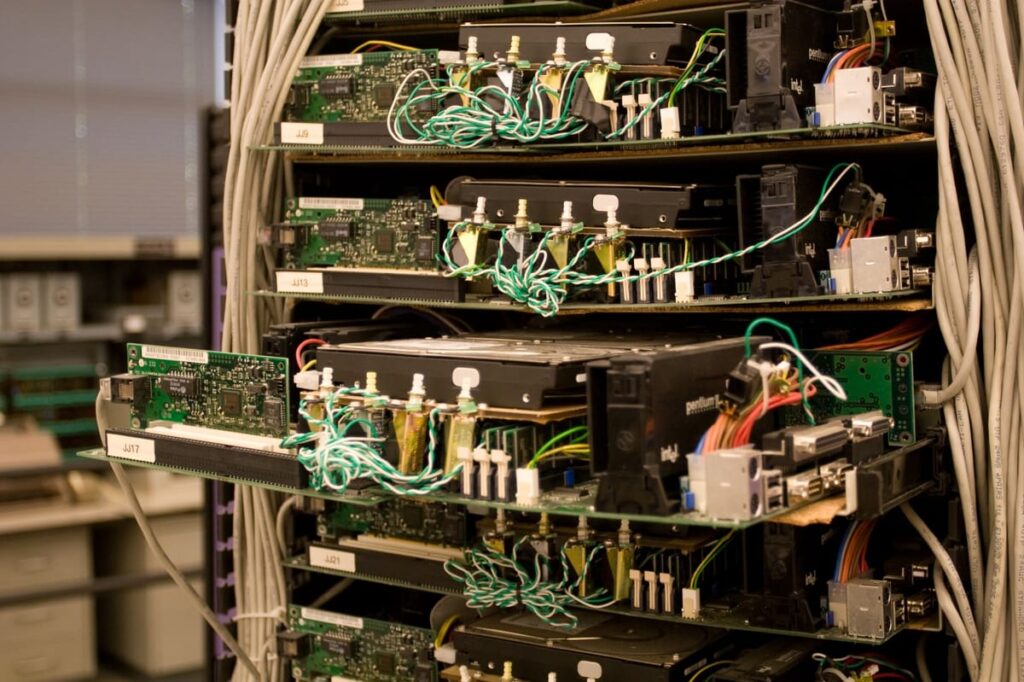Essential Cybersecurity Architecture for Global Logistics Networks
In today’s interconnected global economy, supply chains are the backbone of international commerce, moving trillions of dollars’ worth of goods across continents daily. But as supply chains expand, so do cyber risks. The complex web of suppliers, manufacturers, distributors, and retailers has become a prime target for cybercriminals.
Traditional perimeter-based security models—once sufficient to guard networks—are no longer effective. Threats can now emerge from anywhere in the ecosystem. To counter this, businesses are adopting Zero-Trust Architecture (ZTA), a cybersecurity model built on the principle: “never trust, always verify.”
The Current State of Supply Chain Cybersecurity
High-profile cyberattacks, such as the Solar and ransomware incidents in logistics, have shown how vulnerable supply chains are. Key risk areas include:
- Legacy Systems: Outdated technology without modern safeguards.
- Third-Party Risk: Vendors with weaker security postures create entry points.
- Limited Visibility: Difficulty monitoring end-to-end operations in real time.
- IoT Vulnerabilities: Connected devices add more attack surfaces.
These challenges make it clear: supply chains need a fundamental shift in cybersecurity strategy.
What is Zero-Trust Architecture?
Unlike traditional security models that assume internal traffic is safe, zero-trust treats every user, device, and system as potentially compromised. Every interaction is authenticated, authorized, and continuously monitored.
- Verify Explicitly: Authentication based on identity, device health, location, and behavior.
- Least Privilege Access: Users only get the access they need—nothing more.
- Assume Breach: Build controls that contain damage and detect threats early.
Applying Zero-Trust to Supply Chains
Implementing zero-trust in logistics requires strategy and phased deployment:
Identity & Access Management (IAM)
Every person, system, and device gets a secure digital identity. MFA and adaptive authentication stop unauthorized access—whether from employees, vendors, or IoT devices.
Network Microsegmentation
Breaking down networks into isolated zones ensures a breach in one area (e.g., transportation systems) doesn’t spread across manufacturing, warehousing, or financial systems.
Device Security & Monitoring
Zero-trust requires device attestation, patching, and real-time monitoring. Compromised devices are quickly quarantined.
Data Protection
Classify and encrypt sensitive data (inventory, payment, customer records). Use data loss prevention (DLP) to track how information moves across partners and prevent leaks.
API & Cloud Security
As supply chains rely on cloud and API-driven integrations, CASBs, CSPM tools, and secure API gateways ensure policies remain consistent across environments.
Benefits of Zero-Trust for Logistics & Distribution
Organizations adopting zero-trust in their supply chain operations gain:
- Better Threat Detection: Continuous monitoring identifies anomalies earlier.
- Operational Resilience: Microsegmentation reduces blast radius, keeping operations running.
- Regulatory Compliance: Built-in access control and monitoring align with global standards.
- Customer Trust: Strong security reassures partners and clients.
Challenges & How to Overcome Them
- Legacy Systems: Secure with gateways, then modernize gradually.
- Multi-Stakeholder Coordination: Establish shared standards with suppliers and partners.
- User Experience: Use adaptive authentication and intelligent caching to reduce friction.
Future Outlook: Zero-Trust & Logistics
Emerging technologies are shaping the future of supply chain cybersecurity:
- AI & Machine Learning: Automating behavioral analysis and response.
- Edge Computing: Extending zero-trust to warehouse floors and transportation fleets.
- Quantum-Resistant Cryptography: Preparing for next-gen security threats.
Zero-trust will soon become not just a best practice but a business necessity in global logistics.
FOYCOM’s Role in Secure Supply Chain Management
At FOYCOM, we understand that operational efficiency and cybersecurity must go hand in hand. Our ERP and automation solutions are built with security-first principles:
- Role-based access controls across inventory, sales, and finance
- Real-time monitoring for transactions and workflows
- Secure integrations with payment gateways, eCommerce, and IoT systems
- Scalable frameworks that support AI, robotics, and automation—without compromising security
By combining zero-trust principles with advanced ERP technology, FOYCOM helps wholesale, distribution, and logistics businesses build secure, resilient supply chains.
Final Thoughts
The supply chain of the future isn’t just automated and intelligent—it’s secure by design. Zero-trust architecture offers a blueprint for protecting global logistics networks from the rising tide of cyber threats.
Organizations that adopt zero-trust today will strengthen their resilience, protect customer trust, and ensure long-term growth in an unpredictable digital landscape.
Ready to future-proof your logistics network?
Explore how FOYCOM helps secure global supply chains.



